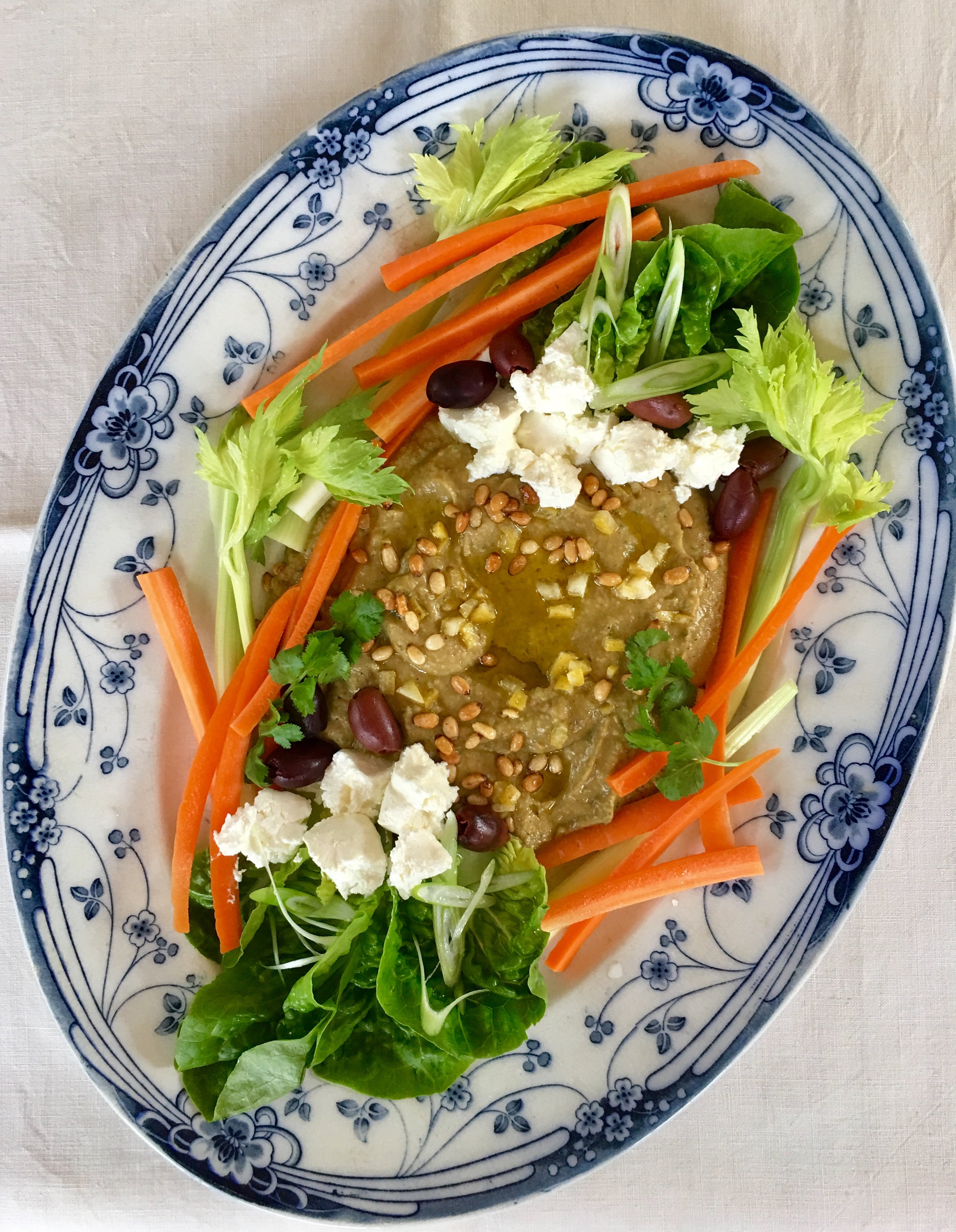Fad-free and Fabulous!
Fad-free and Fabulous!
As ever I am concentrating on real food, by which I mean food that isn’t laden with chemical additives (-they are used to make processed food cheaper, last longer and in some cases add volume, all of which make the food in question more profitable). I am also bored with food fads. Every week there seems to be a food or diet (hate diets, they have been proved not to work because eventually people get sick of the food) which is promoted as generally being the answer to good health. (I am reminded of the immortal words of Lisa Simpson who said “look deeply into yourself “ or such like which means be honest with yourself). For many people “good health” really means “lose weight” and there is nothing wrong with losing weight if you need to. But it is also worth remembering that healthy people come in all shapes and sizes and that the only way to lose weight is to restrict calories. A diet with a catchy title and pseudo-culinary philosophy is just window dressing.
However, back to fad-free and fabulous food. I like pulses which is what I am dealing with today.
Harold McGee in his book “On Food and Cooking, which is a constant reference book of mine, says of pulses which are also called legumes or just dried beans and peas, that after grasses (from which we get grains) they are the most important food crops in the human diet. This is because they contain a high amount of protein (much more than wheat and rice). He also adds that they were so highly prized in ancient Rome that the main ones gave their names to the most important Roman families, Fabius from the latin word for the fava bean, Piso from the word for pea, Cicero from the word for chickpea and “Lentulus” from the word for lentil. Our word for “lens” comes from the same root as lentil, as the shape of a lentil is the same as a lens.
Pulses are native to most parts of the world and are thus used in most cuisines. In India they are characterised as being “gassy” so are often cooked with things which are good for the digestion like mint (as are peas traditionally in European cooking) and asafoetida, a dried ground variety of fennel. The reason they produce gas in the human system is because many of them create a sudden surge of bacterial activity in the gut soon after being eaten. The answer is to make sure they are well cooked or depending on the pulse used, soaked before use. The many varieties of canned pulses now available happily don’t seem to result in digestive problems. When cooking pulses from raw don’t add salt until they are tender or they will remain tough and indigestible. Always make sure the dried pulses you buy are not heat treated as they will not become tender no matter how long you cook them. The older pulses are, the longer they take to cook, so buy them from somewhere that has a quick turnover of stock.
Now I am not an anti-processed food Nazi but my use of processed food obviously depends on what has gone into it. Canned pulses are a go-to store cupboard ingredient for me. I tend to avoid the ones which contain calcium chloride but don’t mind the ones which contain ascorbic acid (VitaminC). The following lentil dip is quick and easy and can be dressed up or down depending for example whether it is a quick lunch or a vegetarian first course for a special dinner. The canned lentils I use contain water and lentils –works for me.
Lemony Lentil Dip
A bit like a lentil version of hummus.
Dip
400g can lentils, well drained
¼ cup extra virgin olive oil
1 large clove garlic
zest and juice of 1 lemon
1 teaspoon cumin seeds, toasted in a dry pan until just darkening in colour and smelling fragrant
a handful parsley
Put everything into a food processor or blend with a stick blender until smooth.
Taste and season with salt and freshly ground black pepper.
Place in a bowl and serve with warm flatbread or crusty sourdough.
Serves 4.
Toppings and accompaniments
Use any or all of the following
-More extra virgin olive oil
-Crudités like carrot sticks, blanched green beans, thin sliced red capsicums, celery sticks, thin sliced raw fennel, rocket leaves, spring onions, baby Cos lettuce leaves, sliced cucumber, halved cherry tomatoes
-crumbled feta
-olives, I like Kalamatas
-Roasted pine nuts
-finely diced preserved lemon peel
-coriander sprigs
Choose a big shallow platter.
Put the dip in the middle and spread it out a little making sure the top is uneven.
Drizzle the dip with extra virgin olive oil so it sits in the hollows made by the unevenness of the dip.
Put the crudités and feta around it, sprinkle the olives, pinenuts, lemon peel and coriander on top.
Serve with warm flatbread.
